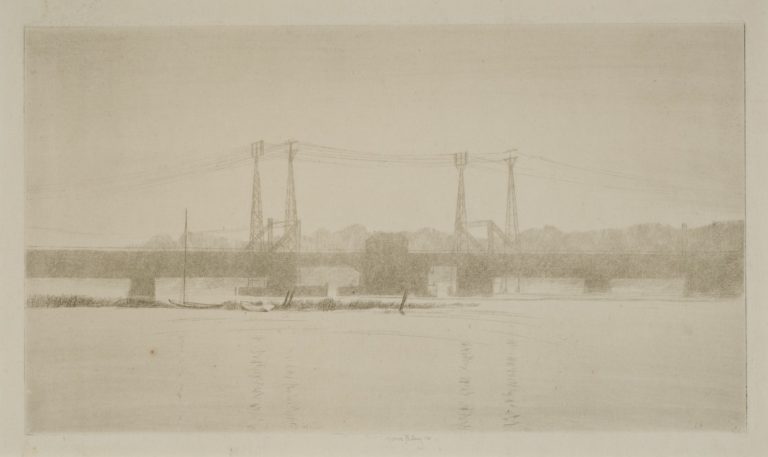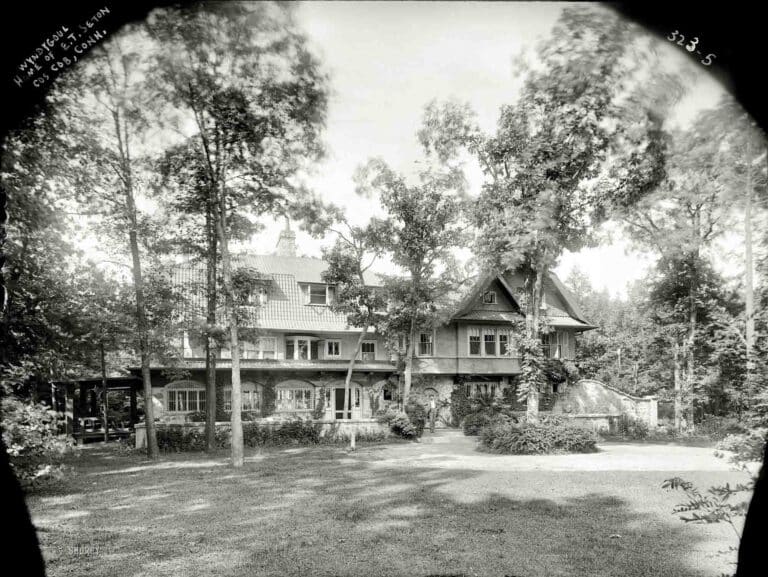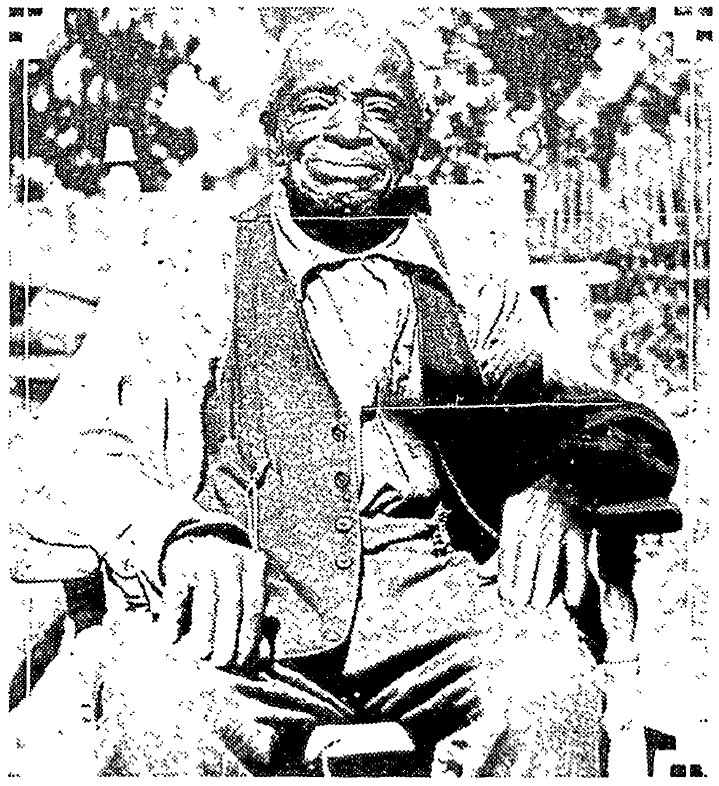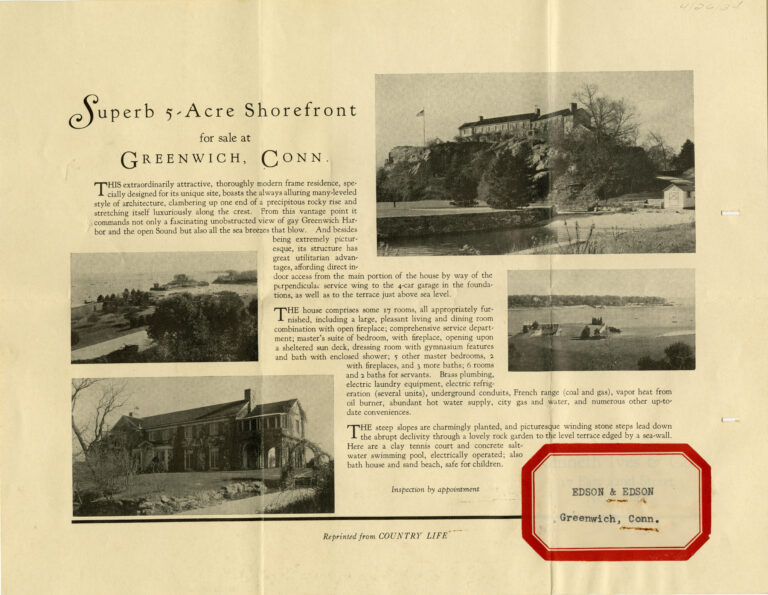The Greenwich Historical Society’s current exhibition Lost Landscape Revealed: Childe Hassam and The Red Mill, Cos Cob (on view January 16-March 28, 2021) features several etchings by Childe Hassam depicting the buildings of Cos Cob’s Lower Landing, and interiors at the Holley House. Hassam was inspired to make serious study of etching as a technique in 1915 through the influence of friend and fellow artist Kerr Eby. In the essay that follows, Dean McKenna offers an in-depth introduction to Eby and his work.
Image credit, top: Kerr Eby, Railroad Bridge, 1916. Etching. Greenwich Historical Society, Gift of Susan G. and James T. Larkin, 2012.01.06
Kerr Eby (1889–1946) was a Canadian illustrator who is well known for etchings that depict his experiences serving in World War I and World War II. Born in Tokyo, Japan to Canadian missionaries, Eby spent most of his childhood in Canada. His parents encouraged him to study art and he moved to New York City in 1907 to attend the Pratt Institute in Brooklyn before eventually taking classes at the Art Students League in Manhattan. While there Eby would form friendships with influential artists such as John Henry Twachtman and Childe Hassam, founders of the Cos Cob Art Colony.
Eby would spend the summers of 1913 to 1917 at the Bush-Holley house as part of the art colony, producing a number of etchings in and around Cos Cob. In 1915 he taught Childe Hassam about the etching process, a medium that Hassam would become very adept in, and gave Hassam access to the use of his press. During the rest of the year, when the art colony was not as active, Eby supported himself working as a magazine illustrator and at the American Lithographic Company (a large printing company headquartered in New York City).
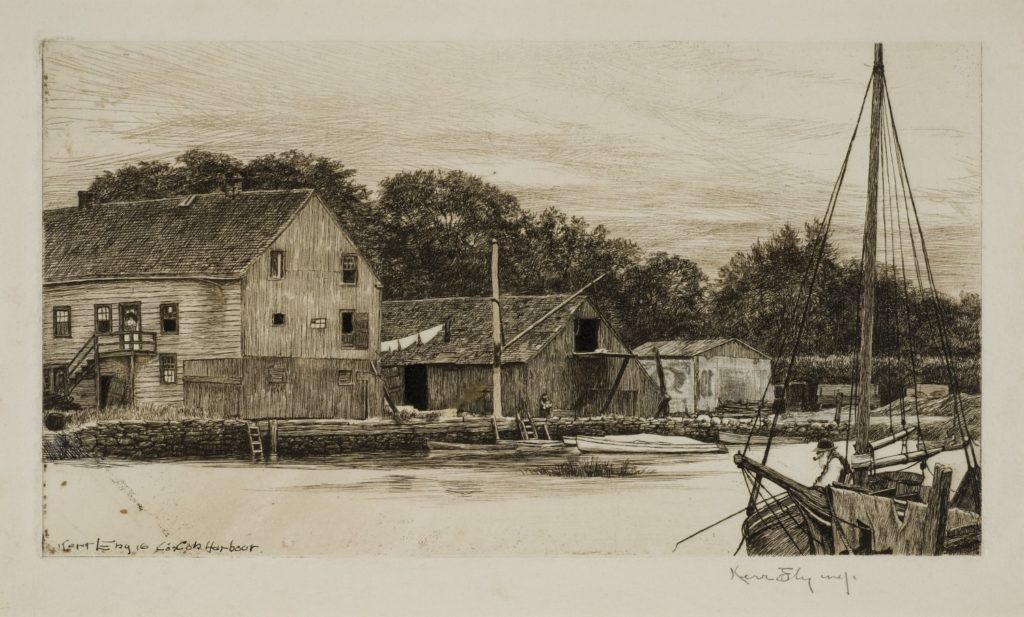
Greenwich Historical Society, Gift of Susan G. and James T. Larkin, 2012.01.06.
This etching depicts the warehouses that once lined the shore of the Cos Cob Harbor.
Between 1913 and 1917, Eby rented a studio in the large white building at left.
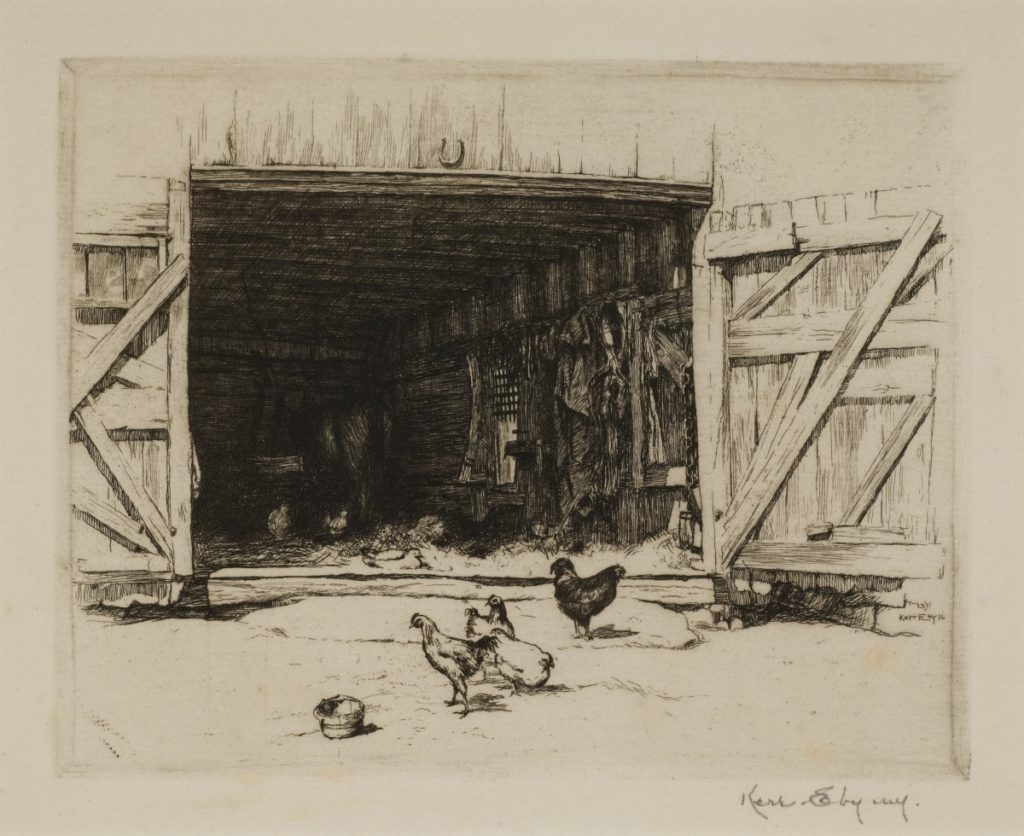
Greenwich Historical Society, Gift of Susan G. and James T. Larkin, 2012.01.03
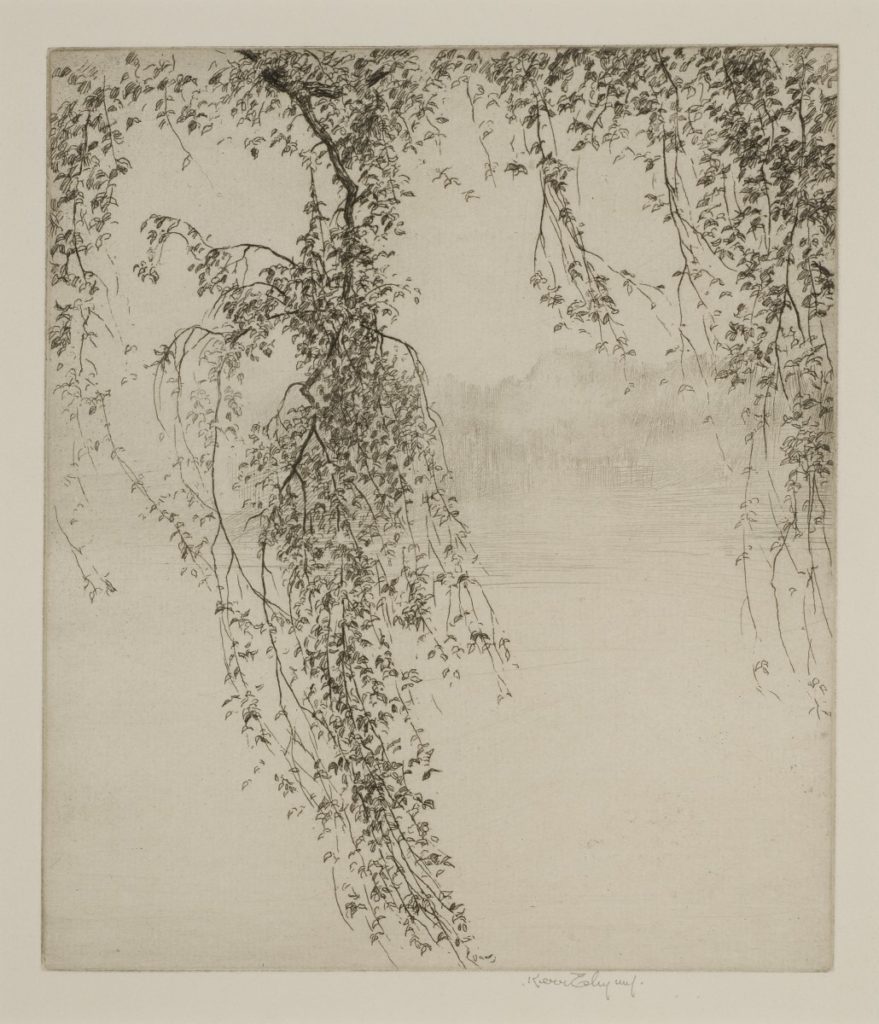
Greenwich Historical Society, Gift of Susan G. and James T. Larkin, 2012.01.02
In 1917, with the United States’ entrance into the First World War, Eby volunteered for service, hoping to find a commission as an artist, but wound up serving as an ambulance driver and camoufleur in France. Eby was deeply impacted by what he witnessed at the front and would document what he saw in drawings that, upon his return to America, he turned into prints. These prints were eventually collected together and published in the 1930s in a book titled War. Eby hoped that War would express the horrible nature of modern war to its readers and perhaps be a warning of the growing possibility of war in the 1930s.
Despite any disillusionment with war, when the United States entered World War II in 1941, Eby tried to enlist but was turned down due to his age. However, in 1943 as part of the combat artist program, Eby joined up and spent his service with the Marines in the South Pacific. He was present at the landings on Tarawa and Guadalcanal and would live for three weeks in a foxhole on Bougainville where he contracted a tropical disease that left him severely weakened. He returned to the US, where he completed a number of works; but was unfortunately unable to complete all the etchings depicting his recent experiences. Eby died at his home in Norwalk, Connecticut in 1946.
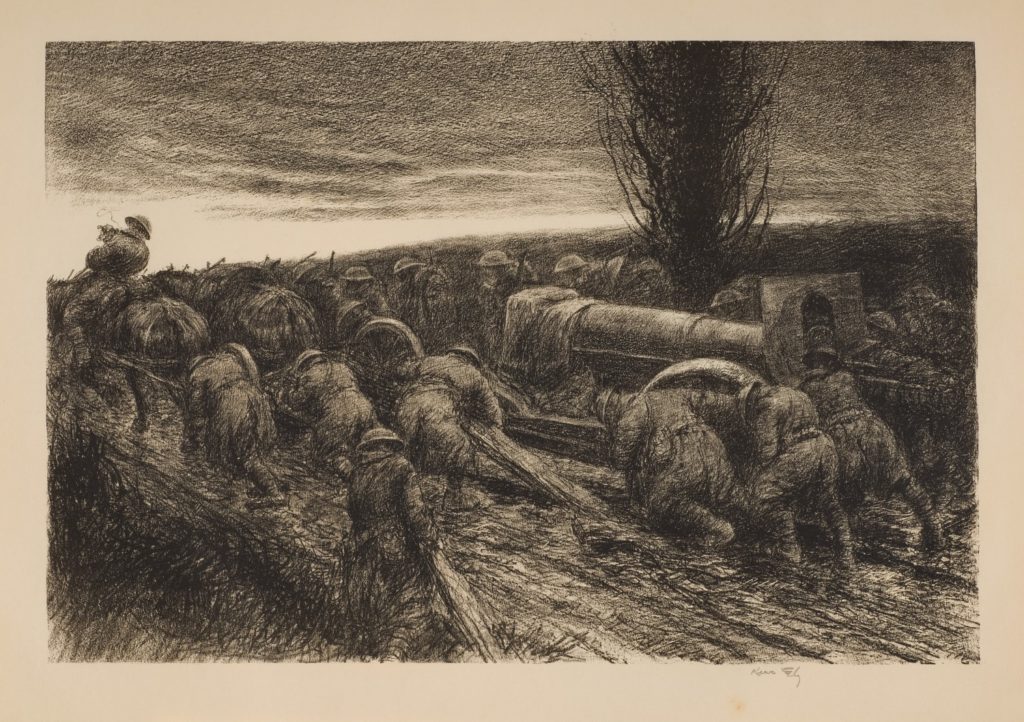
Etching. Greenwich Historical Society, Donated by Meriwether Cowgill Schmid in memory of
Captain W. Cowgill, U.S.M.A. ’17, 19th Field Artillery, 5th Artillery Brigade, 5th Division, American Expeditionary Forces, 2014.01
While Kerr Eby today is perhaps best known for his work during the World Wars, it would be unfair to see those as his primary pursuit. Many of his prints are a record of his travels and day-to-day experiences that show a keen eye and excellent talent for illustration. The Historical Society is in possession of a number of his prints done during his time in Cos Cob that are more representative of his peacetime works. His piece Railroad Bridge, depicting the railroad bridge heading to Cos Cob train station, is currently on display in the permanent gallery.
Dean McKenna is a Curatorial Assistant and Docent Guide at the Greenwich Historical Society.

